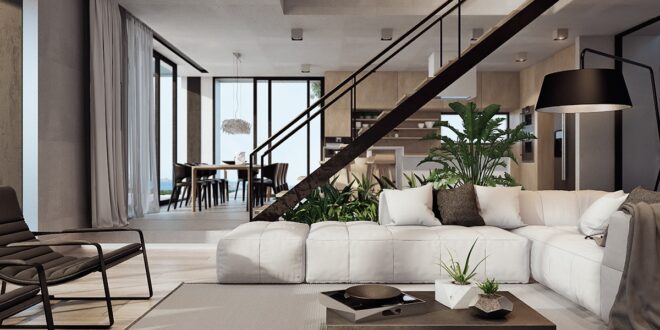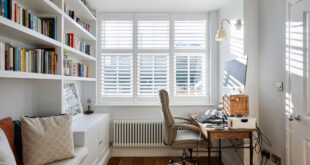Unlocking the Secrets to Stunning House Interior Decoration
Your home is more than just a building; it’s a reflection of your personality, a sanctuary from the outside world, and a canvas for your dreams. Interior decoration is the art of transforming this space into something truly special. It’s about creating an environment that not only looks beautiful but also feels comfortable, functional, and uniquely yours. Whether you’re embarking on a complete renovation or simply looking to refresh a single room, understanding the principles of interior decoration is key to achieving a space you’ll love for years to come.
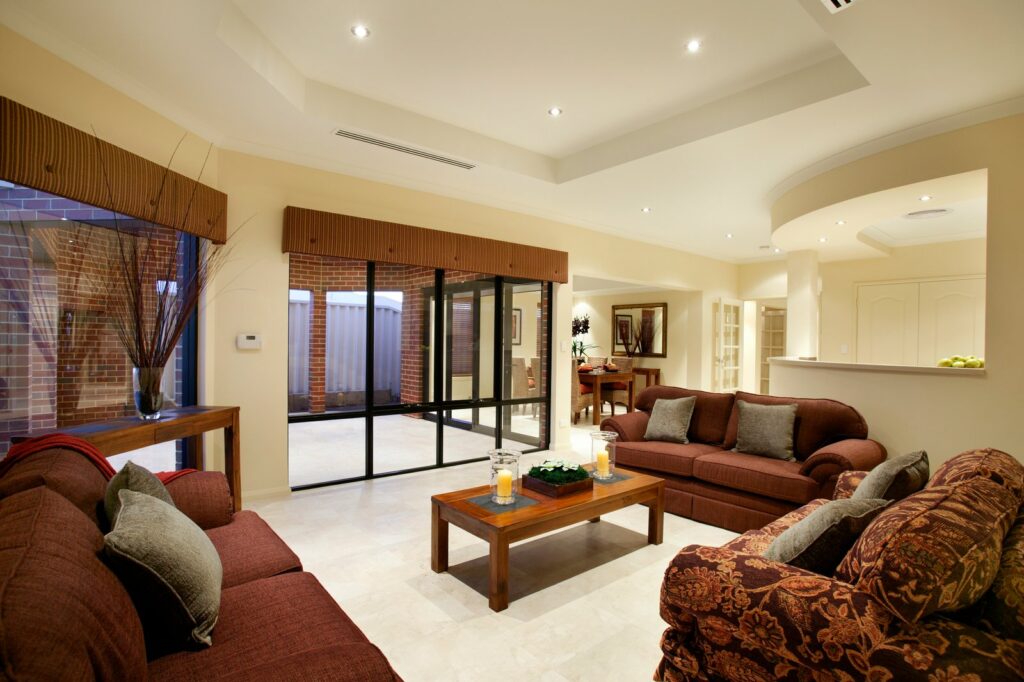
In this comprehensive guide, we’ll delve into the essential elements of house interior decoration, exploring various styles, practical tips, and inspiring ideas to help you create the home of your dreams. From understanding the fundamentals of color theory and space planning to selecting the perfect furniture and accessories, we’ll cover everything you need to know to transform your living space into a stylish and inviting haven.</p
Understanding Your Style: Discovering Your Interior Design Personality
Before you start buying paint or rearranging furniture, it’s crucial to identify your personal style. What aesthetics resonate with you? What kind of atmosphere do you want to create in your home? Consider your favorite colors, textures, and patterns. Browse magazines, websites, and social media platforms like Pinterest and Instagram for inspiration. Pay attention to the spaces that catch your eye and try to pinpoint what exactly appeals to you. Are you drawn to clean lines and minimalist décor, or do you prefer a more eclectic and maximalist approach? Perhaps you love the warmth of rustic interiors or the sleekness of modern design. Understanding your preferences is the first step in creating a cohesive and personalized interior.
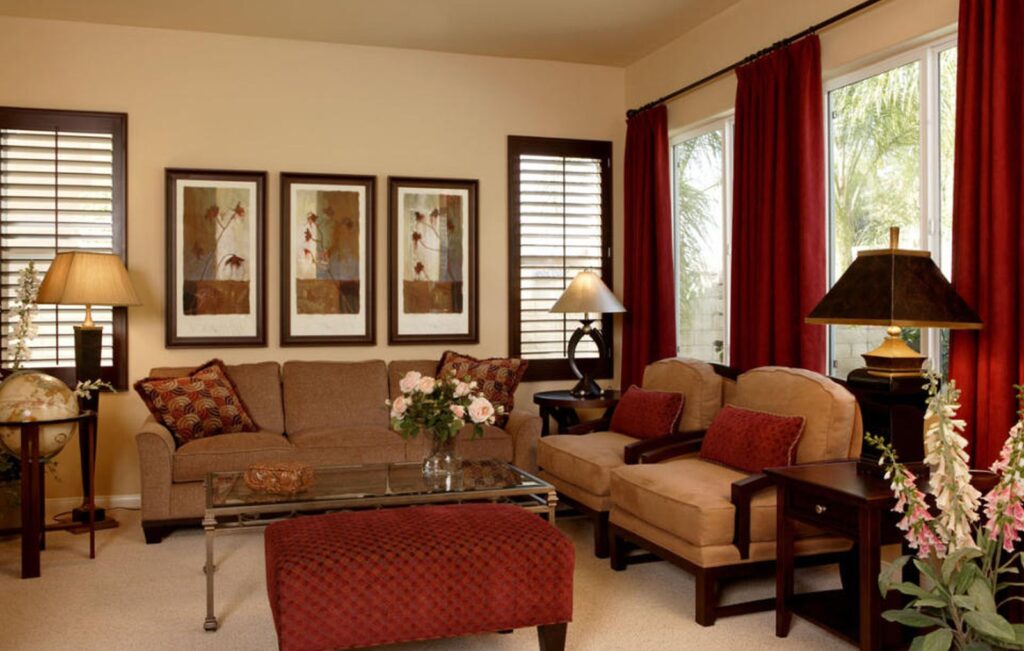
Exploring Popular Interior Design Styles
To help you narrow down your style, let’s explore some of the most popular interior design aesthetics:
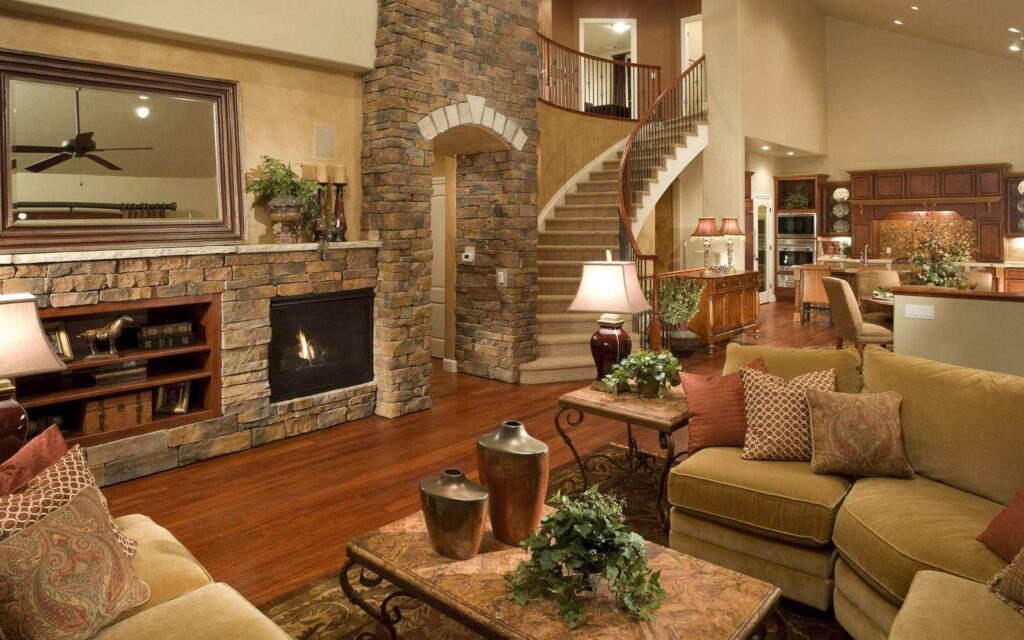
- Modern: Characterized by clean lines, minimalist décor, neutral colors, and an emphasis on functionality. Modern design often incorporates natural materials like wood and metal.
- Contemporary: Similar to modern design, but more fluid and evolving. Contemporary style embraces current trends and can incorporate a wider range of colors and textures.
- Traditional: Emphasizes elegance, formality, and timeless design. Traditional interiors often feature rich colors, ornate details, and classic furniture pieces.
- Minimalist: Focuses on simplicity, functionality, and decluttering. Minimalist spaces are typically characterized by clean lines, neutral colors, and a focus on essential items.
- Bohemian: A relaxed and eclectic style that embraces individuality and creativity. Bohemian interiors often feature vibrant colors, patterns, textures, and a mix of vintage and handmade items.
- Rustic: Celebrates natural materials, textures, and a warm, inviting atmosphere. Rustic interiors often feature wood beams, stone fireplaces, and comfortable, oversized furniture.
- Scandinavian: Emphasizes simplicity, functionality, and natural light. Scandinavian interiors are typically characterized by neutral colors, clean lines, and a focus on creating a cozy and inviting atmosphere.
- Industrial: Inspired by warehouses and factories, industrial design incorporates exposed brick, concrete, metal, and reclaimed materials.
Don’t feel limited to just one style! Many people find that their personal style is a blend of different aesthetics. The key is to choose elements that you love and that work well together to create a cohesive and harmonious space.
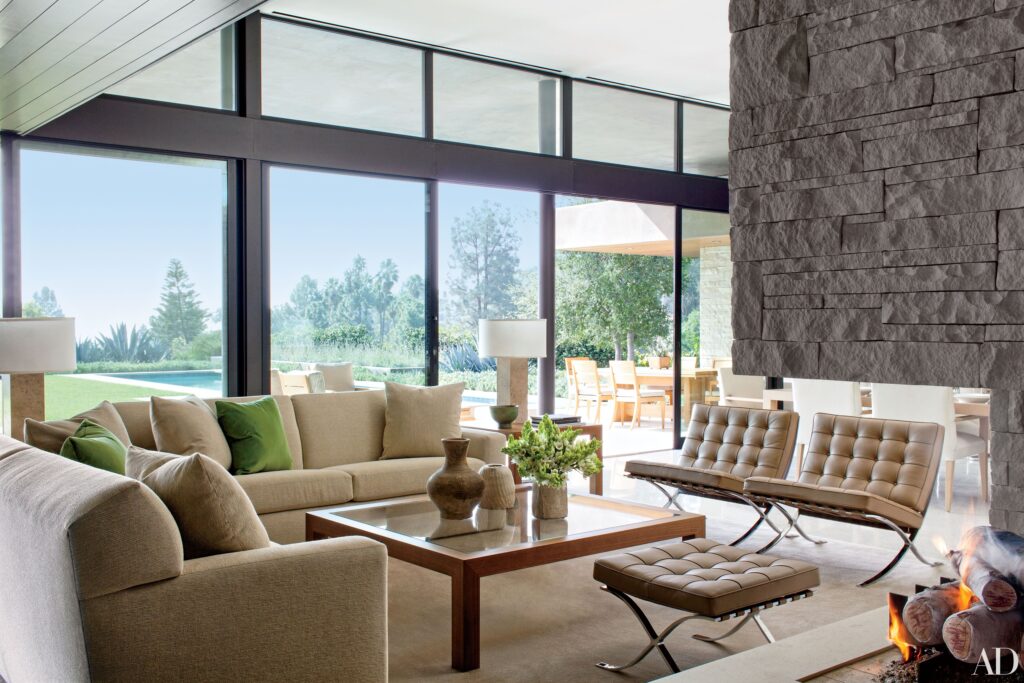
The Fundamentals of Interior Decoration: Essential Elements to Consider
Once you have a sense of your personal style, it’s time to dive into the fundamental elements of interior decoration. These elements work together to create a balanced, functional, and visually appealing space.
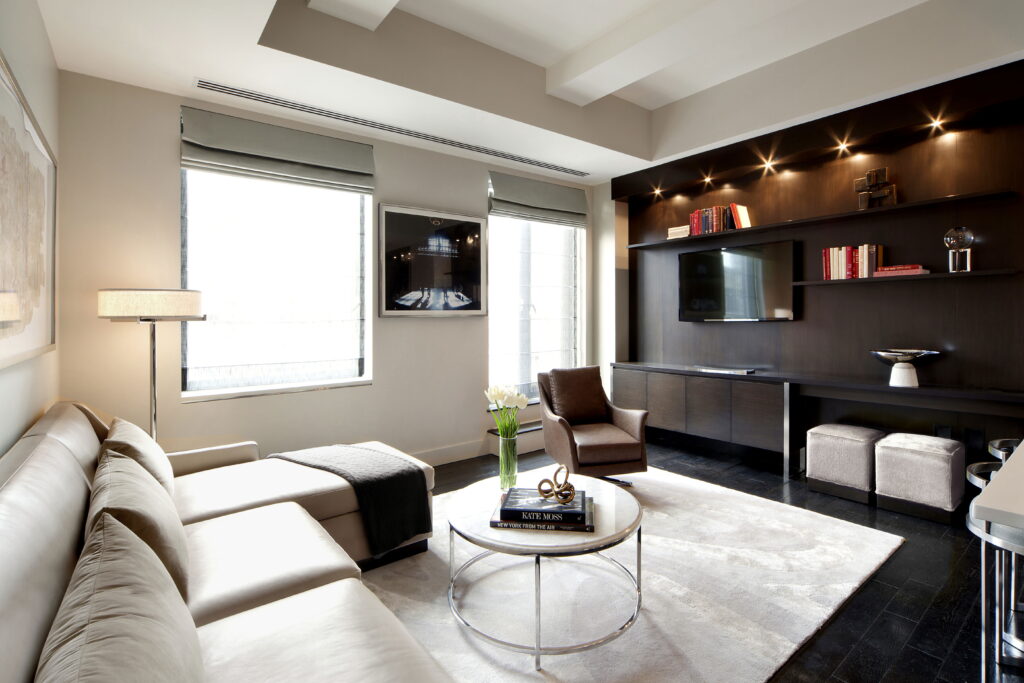
Color Theory: Setting the Mood with Paint and Textiles
Color is one of the most powerful tools in interior decoration. It can influence mood, create visual interest, and define the overall atmosphere of a room. Understanding the basics of color theory can help you choose the right colors for your space.
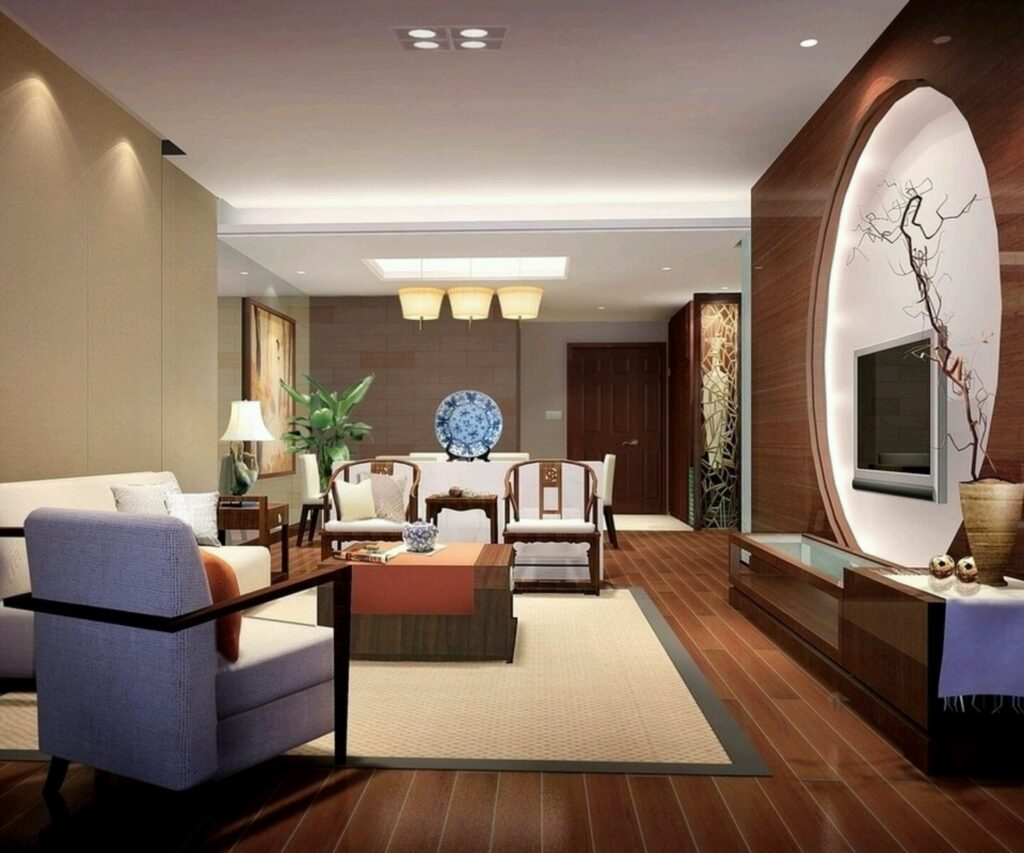
- The Color Wheel: The color wheel is a visual representation of colors and their relationships to each other. It includes primary colors (red, yellow, blue), secondary colors (orange, green, violet), and tertiary colors (combinations of primary and secondary colors).
- Color Harmonies: Color harmonies are combinations of colors that work well together. Some common color harmonies include:
- Complementary: Colors that are opposite each other on the color wheel (e.g., red and green).
- Analogous: Colors that are next to each other on the color wheel (e.g., blue, blue-green, green).
- Triadic: Three colors that are evenly spaced on the color wheel (e.g., red, yellow, blue).
- Warm vs. Cool Colors: Warm colors (red, orange, yellow) tend to feel energetic and inviting, while cool colors (blue, green, violet) tend to feel calming and relaxing.
- Neutral Colors: Neutral colors (white, black, gray, beige) provide a versatile backdrop for other colors and can be used to create a sense of balance and sophistication.
When choosing colors for your home, consider the following:
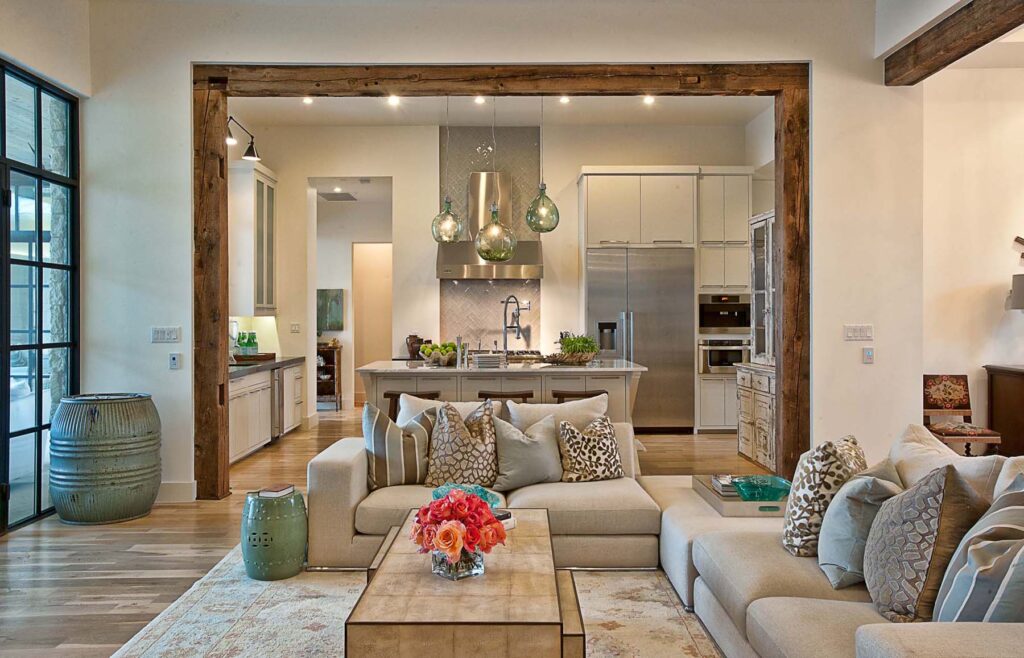
- The size of the room: Lighter colors can make a small room feel larger and more open, while darker colors can make a large room feel cozier and more intimate.
- The amount of natural light: Rooms with plenty of natural light can handle darker colors, while rooms with limited natural light may benefit from lighter colors.
- The purpose of the room: Choose colors that are appropriate for the function of the room. For example, calming colors like blue and green are often used in bedrooms and bathrooms, while energizing colors like red and orange are often used in kitchens and living rooms.
Space Planning: Maximizing Functionality and Flow
Space planning is the art of arranging furniture and accessories in a way that maximizes functionality and creates a comfortable flow. A well-planned space should be both visually appealing and practical.
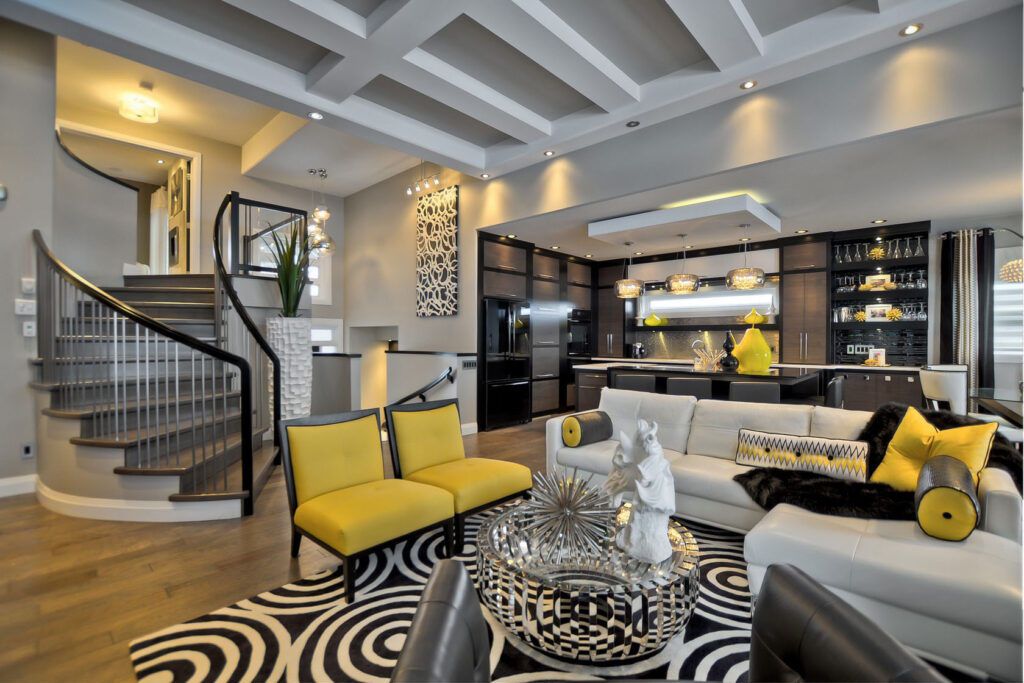
- Consider the traffic flow: Make sure there is enough space to move easily around the room. Avoid placing furniture in doorways or pathways.
- Create focal points: A focal point is a visual anchor that draws the eye and creates a sense of balance. This could be a fireplace, a large window, or a statement piece of furniture.
- Use furniture to define zones: In open-plan spaces, use furniture to create distinct zones for different activities, such as a living area, a dining area, and a workspace.
- Maximize storage: Choose furniture with built-in storage to help keep your space organized and clutter-free.
Lighting: Illuminating Your Space for Ambiance and Function
Lighting plays a crucial role in interior decoration. It can affect the mood, highlight architectural features, and improve the functionality of a space. There are three main types of lighting:
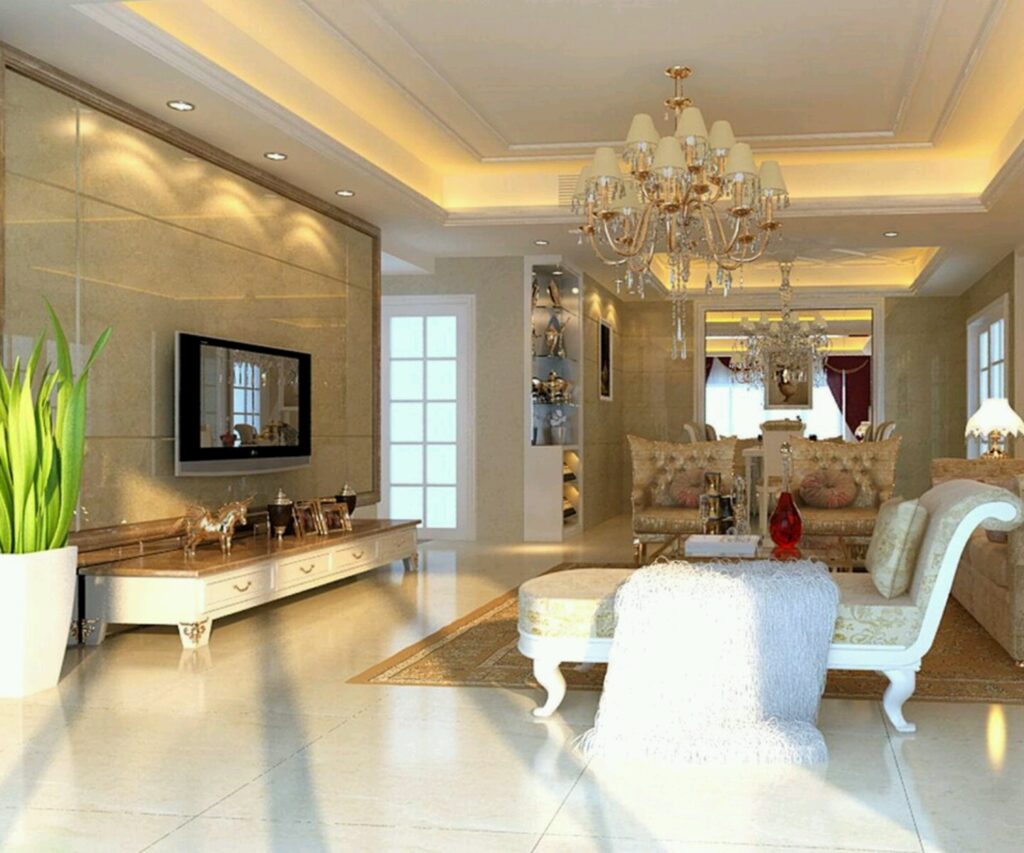
- Ambient lighting: Provides overall illumination and creates a general sense of brightness.
- Task lighting: Provides focused light for specific tasks, such as reading, cooking, or working.
- Accent lighting: Highlights specific objects or areas, such as artwork, architectural details, or plants.
When planning your lighting, consider the following:
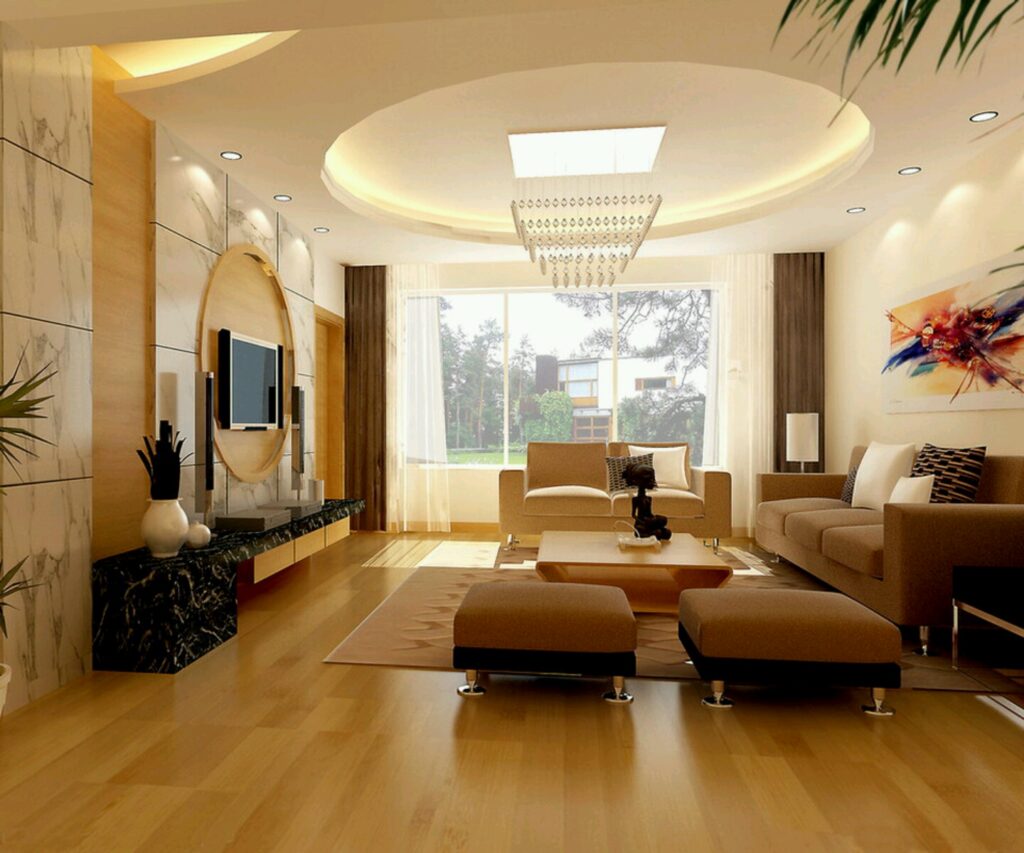
- Layer your lighting: Use a combination of ambient, task, and accent lighting to create a well-balanced and versatile lighting scheme.
- Choose the right light bulbs: Different light bulbs emit different colors of light. Choose light bulbs that are appropriate for the function of the room and your personal preferences.
- Consider the placement of light fixtures: Place light fixtures where they will be most effective in providing illumination and creating the desired atmosphere.
Furniture Selection: Choosing Pieces that Reflect Your Style and Needs
Furniture is a major component of interior decoration. Choosing the right furniture can transform a space, provide comfort, and reflect your personal style. When selecting furniture, consider the following:

- The size of the room: Choose furniture that is appropriately sized for the room. Avoid overcrowding a small room with large pieces of furniture.
- The style of the room: Choose furniture that complements the overall style of the room.
- Your lifestyle: Choose furniture that is functional and comfortable for your lifestyle.
- The quality of the furniture: Invest in high-quality furniture that will last for years to come.
Accessories and Décor: Adding Personality and Finishing Touches
Accessories and décor are the finishing touches that add personality and style to your home. These can include:
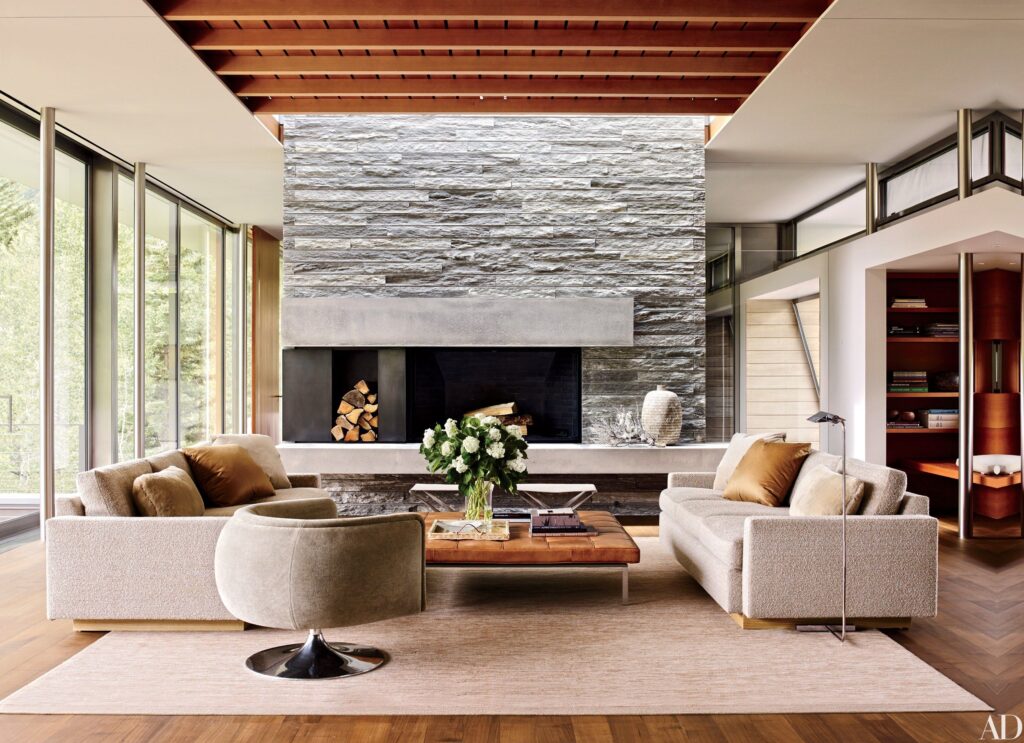
- Artwork: Paintings, prints, photographs, and sculptures.
- Textiles: Rugs, curtains, cushions, and throws.
- Plants: Indoor plants can add life and freshness to a space.
- Decorative objects: Vases, candles, books, and other decorative items.
When choosing accessories and décor, consider the following:
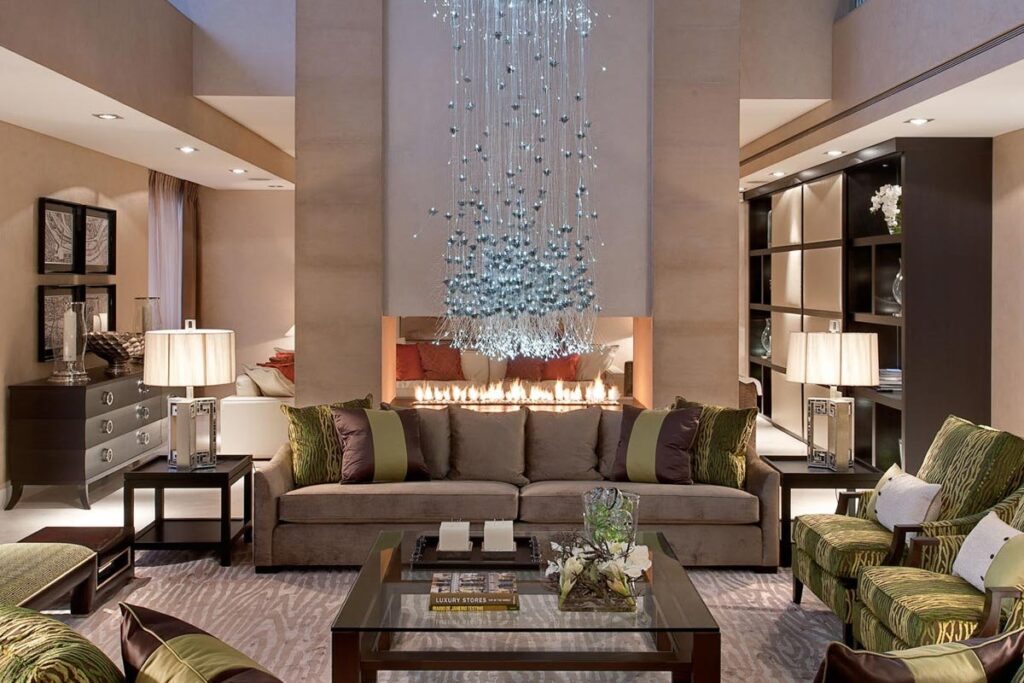
- Your personal style: Choose items that reflect your personality and interests.
- The color scheme of the room: Choose items that complement the color scheme of the room.
- The scale of the room: Choose items that are appropriately sized for the room.
House Interior Decoration Ideas: Inspiration for Every Room
Now that you understand the fundamentals of interior decoration, let’s explore some specific ideas for decorating different rooms in your home:
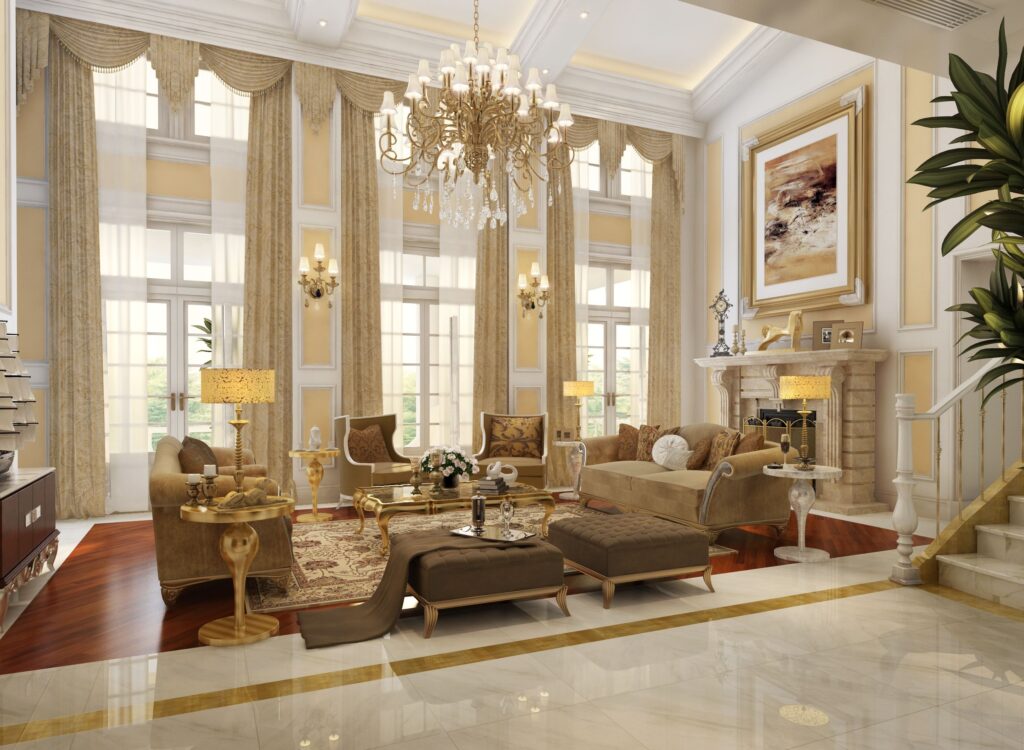
Living Room Decoration Ideas
The living room is often the heart of the home, a place for relaxation, entertainment, and socializing. Here are some ideas for creating a stylish and inviting living room:
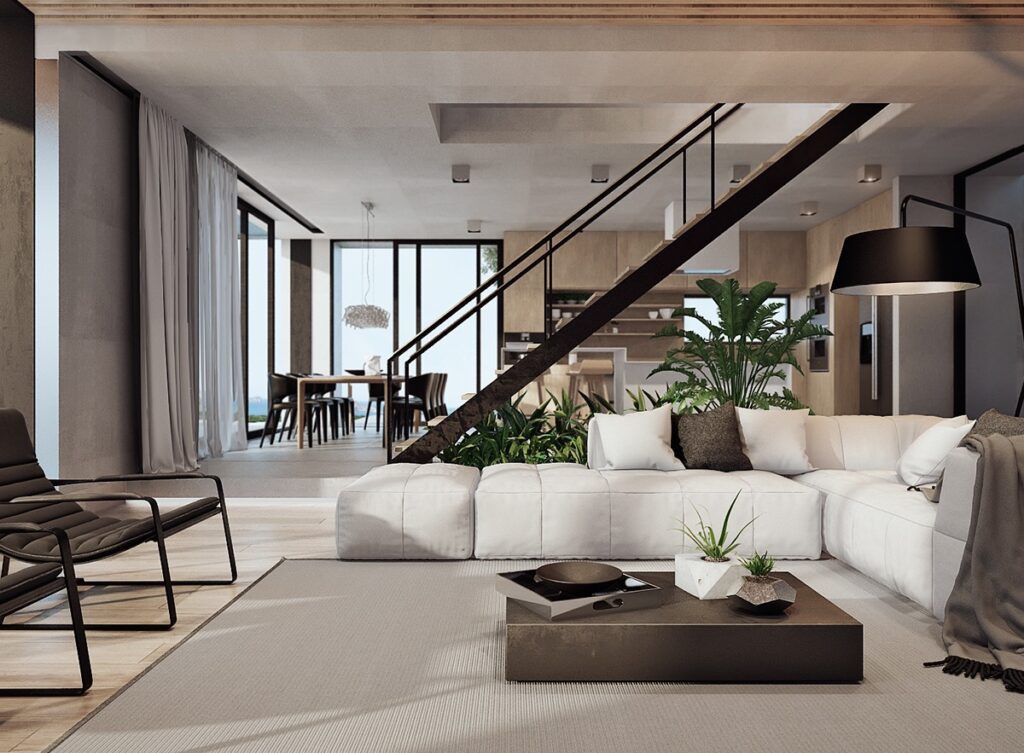
- Create a focal point: A fireplace, a large window, or a statement piece of furniture can serve as a focal point.
- Arrange furniture for conversation: Position sofas and chairs to encourage conversation and interaction.
- Add texture and pattern: Use rugs, cushions, and throws to add texture and pattern to the room.
- Incorporate plants: Indoor plants can add life and freshness to the space.
- Personalize the space with artwork and accessories: Display artwork, photographs, and other decorative items that reflect your personality.
Bedroom Decoration Ideas
The bedroom should be a calming and relaxing sanctuary. Here are some ideas for creating a restful and stylish bedroom:
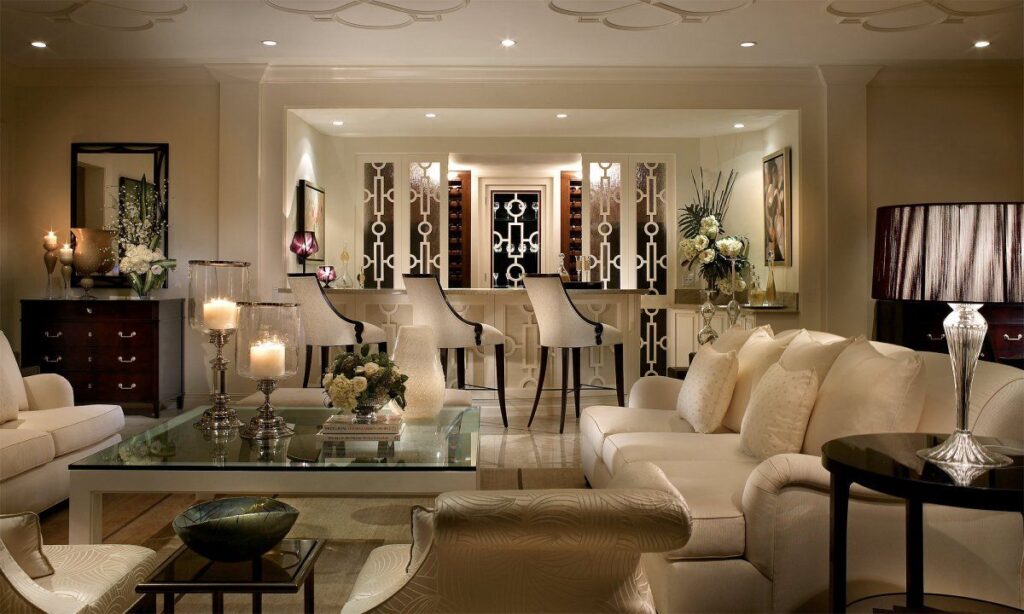
- Choose a calming color palette: Use soft, muted colors like blue, green, or gray to create a relaxing atmosphere.
- Invest in comfortable bedding: Choose high-quality sheets, pillows, and a duvet to ensure a comfortable night’s sleep.
- Add texture and warmth: Use rugs, curtains, and throws to add texture and warmth to the room.
- Minimize clutter: Keep the bedroom tidy and organized to create a sense of calm.
- Incorporate personal touches: Display photographs, artwork, and other items that bring you joy.
Kitchen Decoration Ideas
The kitchen is often the most functional room in the house, but it can also be a stylish and inviting space. Here are some ideas for decorating your kitchen:
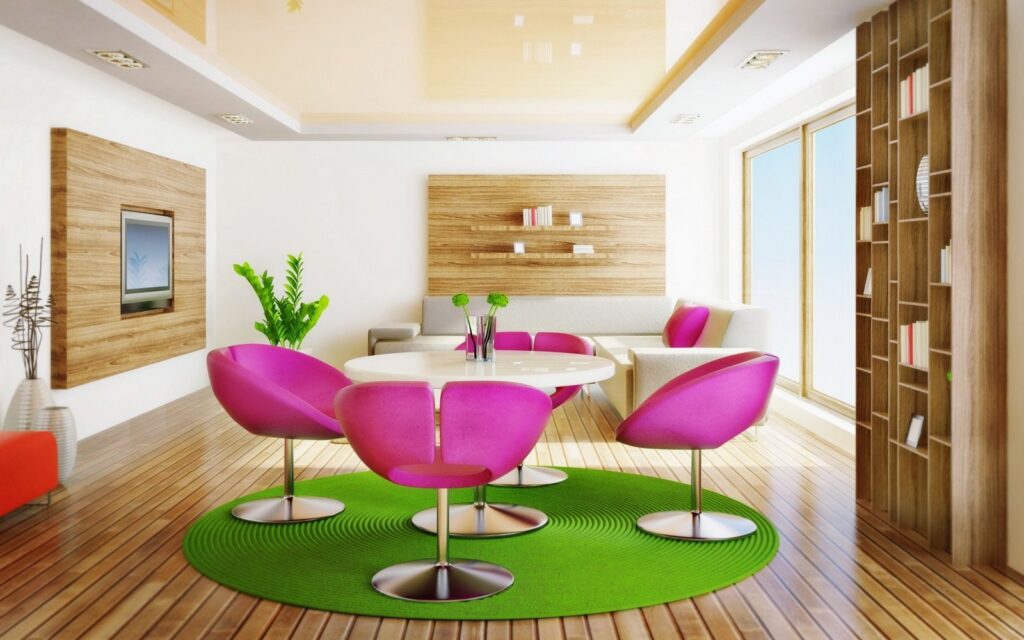
- Choose durable and easy-to-clean materials: Use materials like tile, granite, or stainless steel for countertops and flooring.
- Maximize storage: Use cabinets, drawers, and shelves to maximize storage space.
- Add pops of color: Use colorful accessories, such as dish towels, cookware, or artwork, to add pops of color to the room.
- Incorporate natural light: Maximize natural light by using sheer curtains or blinds.
- Personalize the space with decorative items: Display cookbooks, plants, or other decorative items that reflect your personality.
Bathroom Decoration Ideas
The bathroom should be a clean, functional, and relaxing space. Here are some ideas for decorating your bathroom:
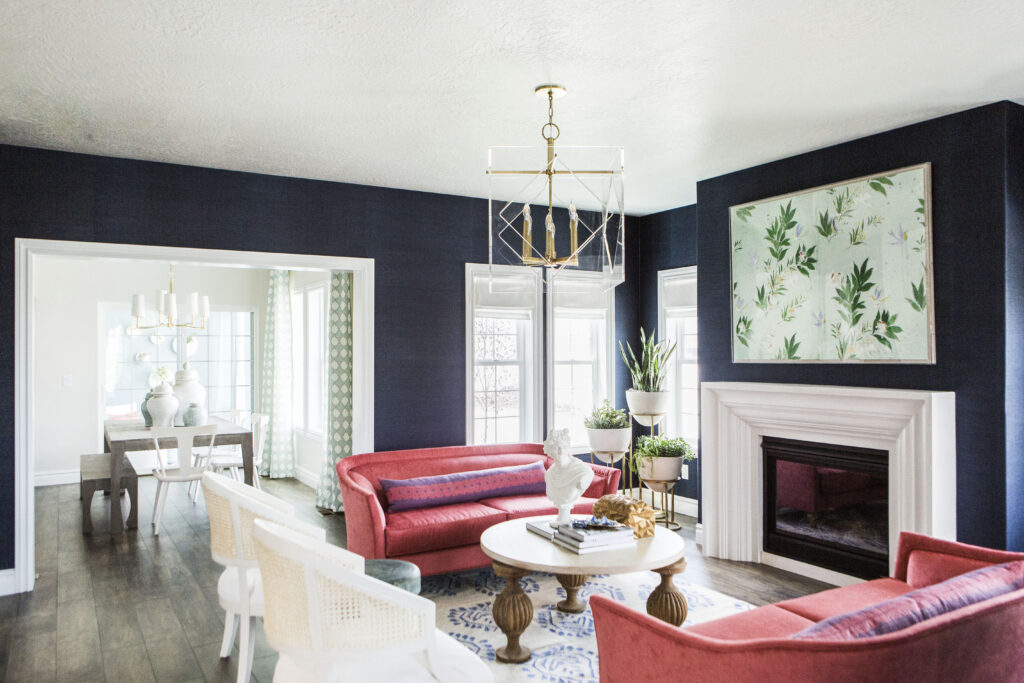
- Choose durable and water-resistant materials: Use materials like tile, stone, or glass for flooring and walls.
- Maximize storage: Use cabinets, drawers, and shelves to maximize storage space.
- Add pops of color: Use colorful towels, bath mats, or shower curtains to add pops of color to the room.
- Incorporate natural light: Maximize natural light by using sheer curtains or blinds.
- Create a spa-like atmosphere: Use candles, essential oils, and soft lighting to create a relaxing spa-like atmosphere.
DIY Interior Decoration Projects: Adding a Personal Touch
One of the best ways to personalize your home is to incorporate DIY interior decoration projects. Here are some ideas to get you started:
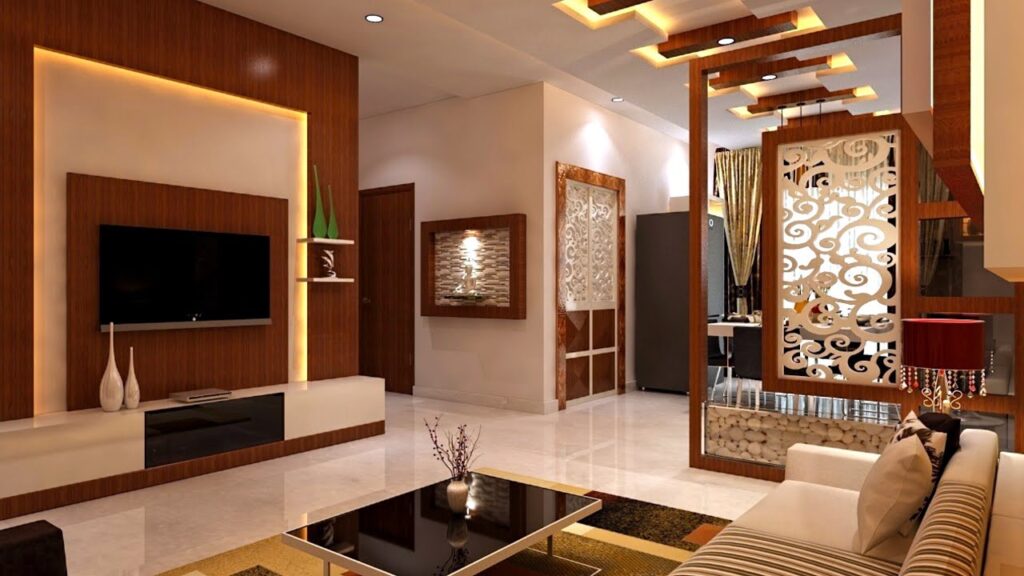
- Repaint furniture: Give old furniture a new lease on life by repainting it in a fresh color.
- Create your own artwork: Create your own paintings, prints, or sculptures to display in your home.
- Sew your own curtains or cushions: Sew your own curtains or cushions to add a personal touch to your décor.
- Make your own candles: Make your own candles using essential oils and natural waxes.
- Upcycle old items: Upcycle old items into new decorative pieces, such as turning an old ladder into a bookshelf or a vintage suitcase into a side table.
Budget-Friendly Interior Decoration Tips: Creating Style Without Breaking the Bank
Interior decoration doesn’t have to be expensive. Here are some budget-friendly tips for creating a stylish home:
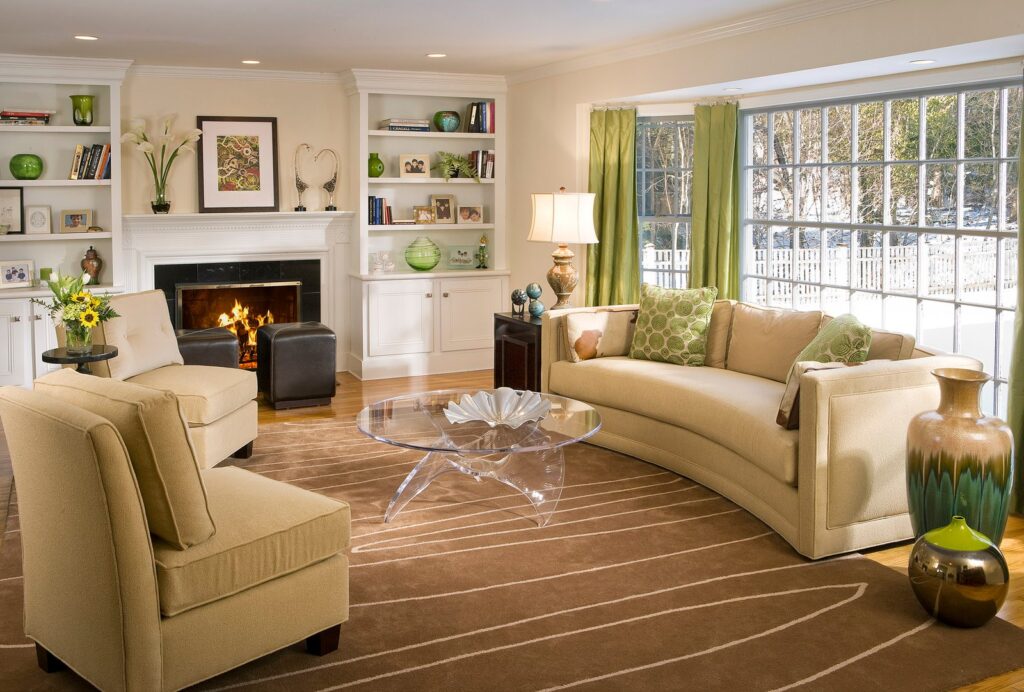
- Shop at thrift stores and flea markets: You can find unique and affordable furniture and accessories at thrift stores and flea markets.
- Repurpose old items: Give old items a new purpose by repurposing them into decorative pieces.
- DIY your own décor: Create your own artwork, curtains, cushions, and other decorative items.
- Rearrange your furniture: Simply rearranging your furniture can give your space a fresh new look.
- Add pops of color with accessories: Use colorful accessories, such as dish towels, cushions, or artwork, to add pops of color to your room without spending a lot of money.
Staying Up-to-Date with Interior Decoration Trends
Interior decoration trends are constantly evolving, but it’s important to remember that your home should ultimately reflect your personal style. While it’s fun to stay informed about current trends, don’t feel pressured to follow them blindly. Choose trends that resonate with you and that fit seamlessly into your existing décor. Some ways to stay up-to-date on current interior design trends include:
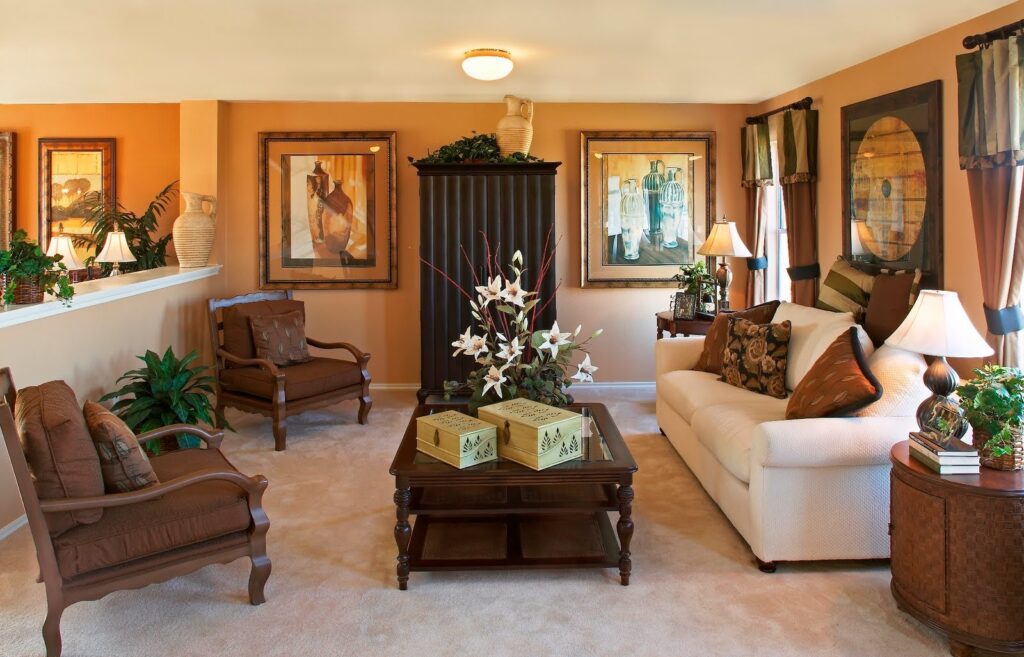
- Following interior design blogs and websites
- Following interior designers on social media
- Reading interior design magazines
- Visiting furniture and home décor stores
The Future of House Interior Decoration: Technology and Sustainability
The future of house interior decoration is likely to be shaped by technology and sustainability. Smart home technology is becoming increasingly integrated into interior design, allowing homeowners to control lighting, temperature, and security systems from their smartphones or tablets. Sustainable materials and practices are also becoming more popular, as homeowners seek to create eco-friendly and healthy living spaces. This includes using recycled materials, energy-efficient appliances, and non-toxic paints and finishes.
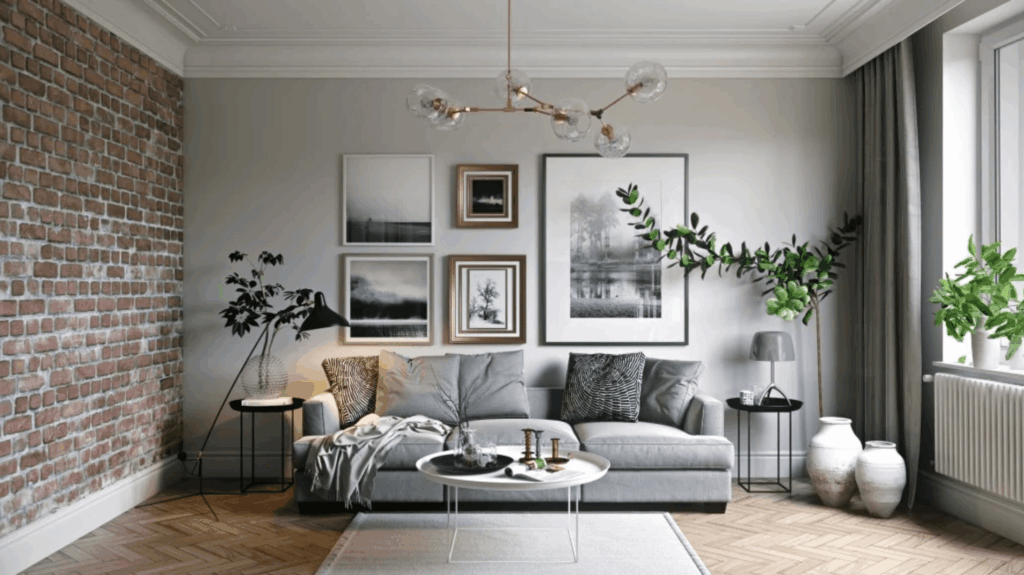
Conclusion: Creating a Home You Love
House interior decoration is a journey, not a destination. It’s about creating a space that reflects your personality, meets your needs, and makes you feel happy and comfortable. By understanding the principles of interior decoration, exploring different styles, and incorporating your own personal touches, you can transform your house into a home you truly love. So, embrace your creativity, experiment with different ideas, and enjoy the process of creating a space that is uniquely yours!
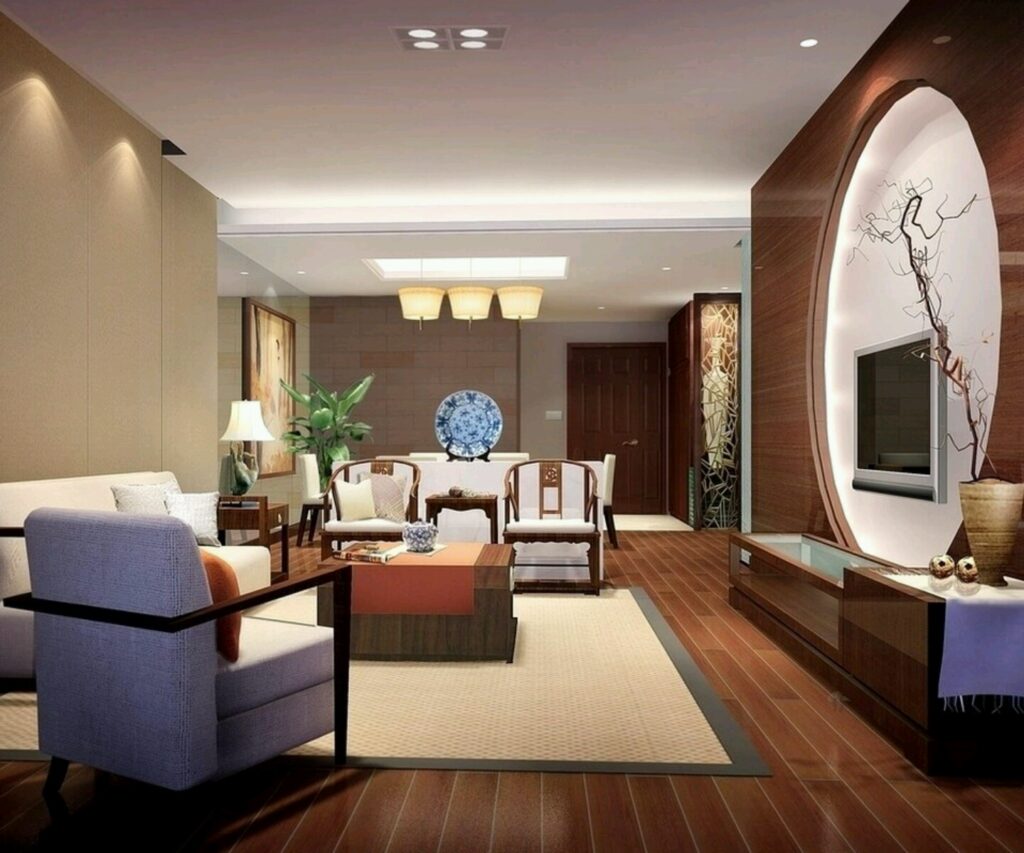
 Nimila
Nimila
